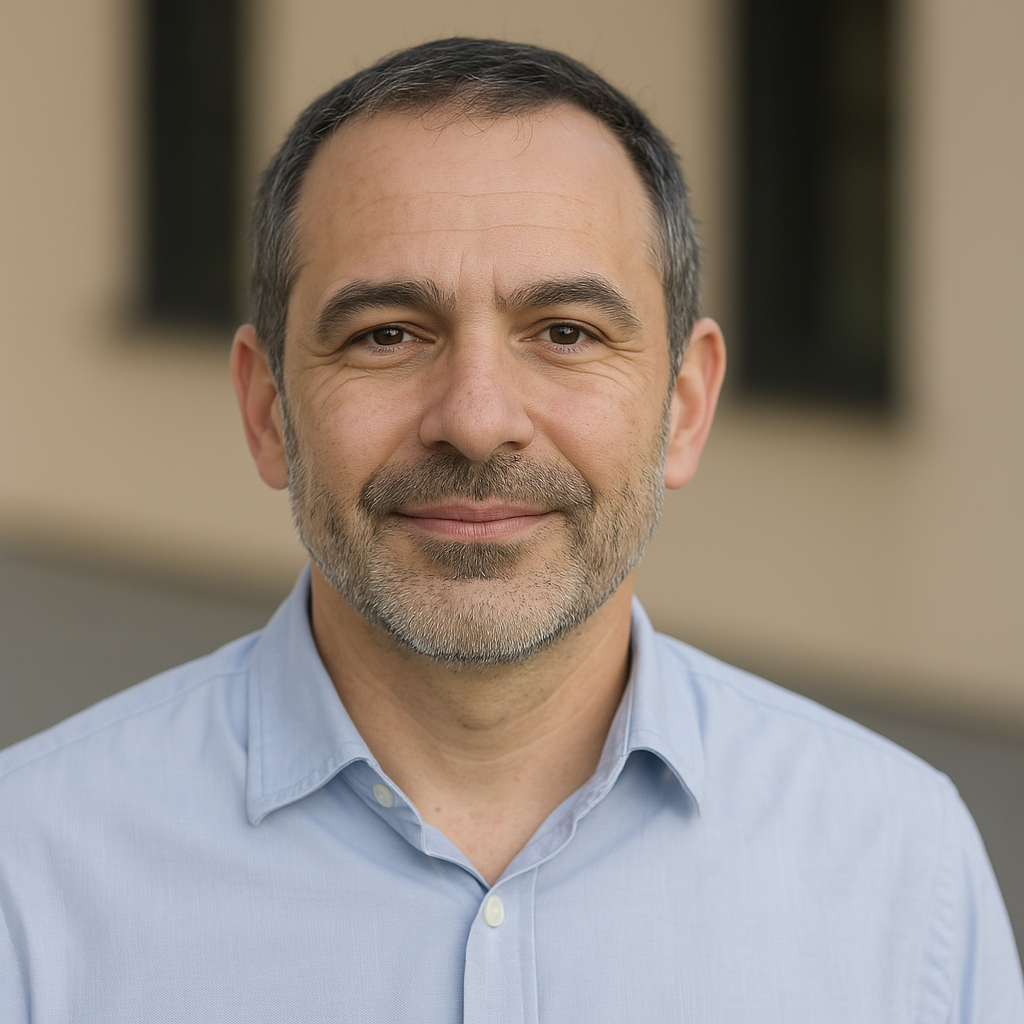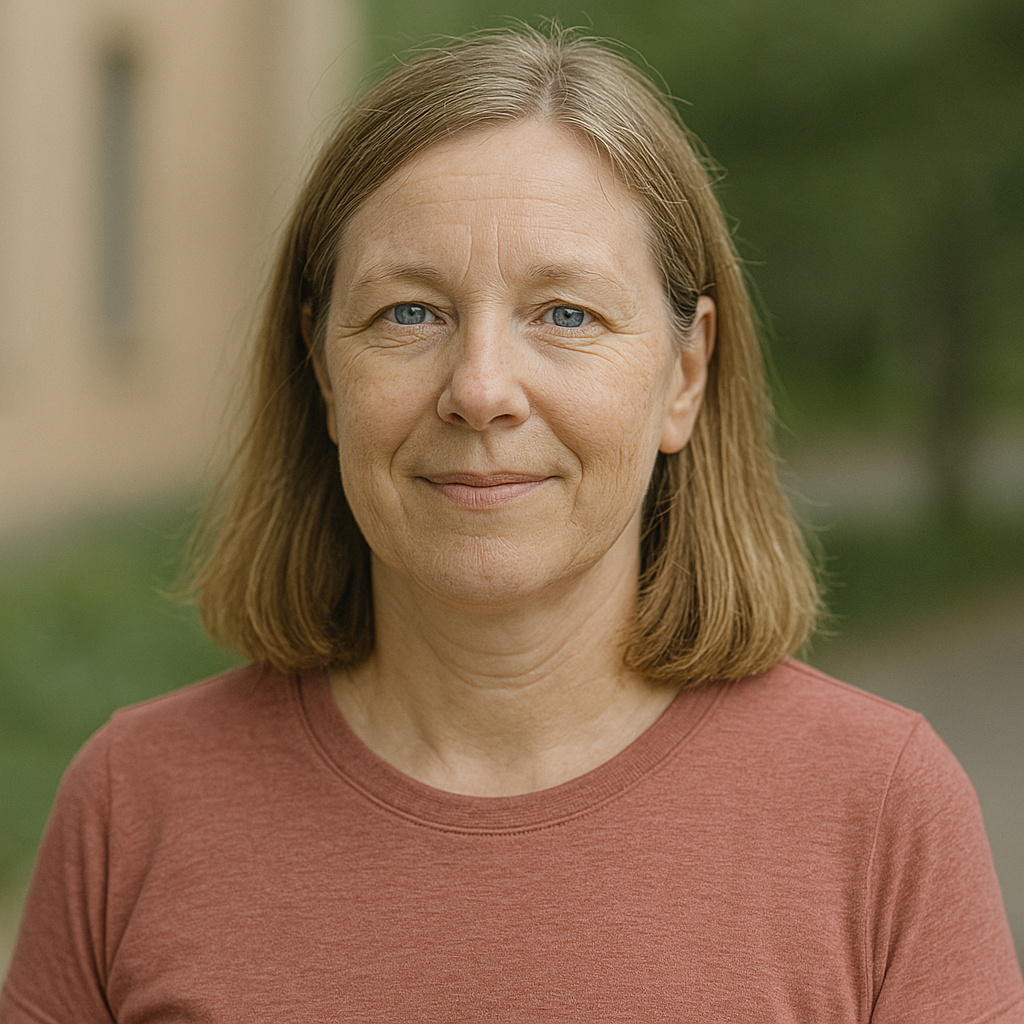What is regenerative medicine?
Regenerative medicine uses biological treatments to restore, regenerate, and improve the function of tissues and organs. In orthopedics, the primary goal is to stimulate the repair of cartilage, tendons, ligaments, and bones without invasive surgery. Patients suffering from osteoarthritis, sports injuries, or chronic pain are increasingly turning to regenerative therapies as a non-invasive alternative.
PRP (Platelet-Rich Plasma) Therapy
How does PRP work?
PRP therapy uses the patient's own blood, which is centrifuged to concentrate platelets and growth factors. Platelets release biologically active proteins that stimulate tissue healing, reduce inflammation, and accelerate recovery.
Indications in orthopedics
-
Tendon injuries (tennis elbow, jumper’s knee)
-
Ligament ruptures
-
Osteoarthritis (knee, hip, shoulder)
-
Overuse syndromes
-
Postoperative recovery

Marko, 48, tennis elbow:
"PRP therapy truly helped my elbow. The pain significantly decreased, and I regained function much faster than expected."
Benefits of PRP therapy
-
Minimally invasive
-
Uses the patient's own tissue (no rejection risk)
-
Faster recovery without medications
-
Repeatable treatment
Stem Cell Therapy
What are stem cells?
Stem cells are undifferentiated cells that can develop into various cell types. In orthopedics, mesenchymal stem cells from bone marrow or fat tissue are most commonly used.
How is it used in orthopedics?
After extraction, stem cells are isolated and injected into the injury site. They can differentiate into target cells (e.g., cartilage or bone) and release bioactive molecules that support tissue regeneration.
Common indications
-
Advanced osteoarthritis
-
Cartilage defects
-
Severe sports injuries
-
Chronic inflammation

Ana, 55, hip osteoarthritis:
"I chose stem cell therapy because I could no longer walk without pain due to hip osteoarthritis. After the treatment, the pain vanished, and I was able to walk normally again."
Why are stem cells special?
-
True regenerative potential
-
Long-lasting effects
-
Ideal for patients who want to avoid surgery
ACP (Autologous Conditioned Plasma) Therapy
How is ACP different from PRP?
ACP therapy is a type of PRP therapy but uses a special dual-chamber system to prepare plasma with a high concentration of platelets and minimal leukocytes. This reduces inflammation and makes ACP ideal for joints and muscle applications.
When is ACP used?
-
Joint diseases (especially the knee)
-
Acute muscle injuries
-
Prevention of degenerative changes
-
Recreational and professional athletes

Peter, 63, knee injury:
"ACP allowed me to return to my activities quickly after a knee injury. Recovery was much shorter than I had expected."
Benefits of ACP therapy
-
No added chemicals
-
Targeted application
-
Fast recovery and return to activity
-
Well tolerated by most patients
Comparison: PRP vs. ACP vs. Stem Cells
| Therapy | Source | Applications | Duration of Effect | Ideal for |
|---|---|---|---|---|
| PRP | Patient's blood | Tendon inflammation, mild OA | 6–12 months | Early stage conditions |
| ACP | Patient's blood | Joints, muscles | 3–6 months | Athletes, prevention |
| Stem Cells | Bone marrow or fat | Severe damage, cartilage | 1–2 years or longer | Advanced degeneration, surgery avoidance |
Expert Insight
Dr. Trpimir Vrdoljak, an orthopedic specialist and expert in regenerative medicine, highlights that these therapies are a major shift in how we treat orthopedic conditions:
"Regenerative methods like PRP, stem cells, and ACP not only reduce symptoms but actively stimulate tissue repair. With proper diagnosis and application, the results are often remarkable – both in athletes and the general population."
The Future of Regenerative Orthopedics
Regenerative medicine in orthopedics is evolving rapidly. In the near future, we can expect:
-
Combination therapies (e.g., PRP + stem cells)
-
Personalized treatments based on genetic profiles
-
Bioprinting for tissue engineering
-
Greater accessibility and affordability
F.A.Q.
Yes. These therapies use the patient's own biological material, minimizing the risk of rejection or allergic reactions. With sterile technique and proper preparation, complications are very rare.
Most patients notice improvement within 2–6 weeks after PRP or ACP treatment. Stem cell therapy results can take longer to appear, often showing over several months.
It depends on your condition and the chosen therapy. PRP and ACP usually involve 1–3 sessions. Stem cell therapy is typically performed once, with possible follow-up in a year.
The procedure involves injections, which may cause mild discomfort. Most patients compare it to a regular blood draw or vaccine. Temporary tenderness or swelling may occur afterward.
Yes, most people return to normal activities within a day or two. Strenuous exercise should be avoided for a few days, depending on the treated area and your doctor’s advice.
Both are platelet-based therapies, but ACP contains fewer white blood cells, which reduces inflammation. ACP is commonly used for joint issues, while PRP is more suitable for tendons and ligaments.
People with active infections, autoimmune disorders, bleeding disorders, or pregnant women are generally not suitable candidates. Also, in advanced joint degeneration, these treatments may have limited benefit.
Yes. Regenerative therapies often work well with physical therapy, manual therapy, hyaluronic acid injections, and medication, depending on your specific condition.
PRP and ACP effects typically last 6–12 months. Stem cell therapy can have longer-lasting results, potentially several years, especially with healthy lifestyle habits.
In many cases, yes. Regenerative therapies can delay or even eliminate the need for surgery, especially in early to mid-stage conditions. However, surgery may still be necessary in advanced cases.
